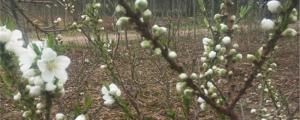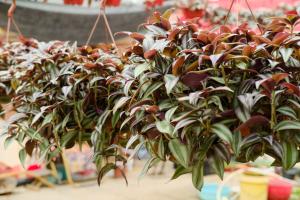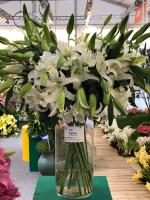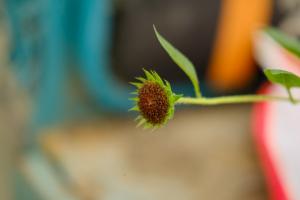A Fern Plant
Ferns are a type of non-flowering plant that reproduce through spores instead of seeds. The spores are usually found on the undersides of the fronds, or leaves, and are released into the air when matured. Once the spores find a suitable environment, they will germinate and grow into a new plant. Fern plants come in many shapes and sizes and can be found in a variety of habitats, from tropical rainforests to arid deserts.
The Anatomy of a Fern Plant
The fern plant is made up of four main parts: the rhizome, fronds, roots, and sporangia. The rhizome is the underground stem of the fern plant that anchors it to the ground and absorbs water and nutrients from the soil. The fronds are the leaves of the fern plant, and they are responsible for photosynthesis and reproduction. The roots of the fern plant are used for water and nutrient uptake, and the sporangia are small structures that produce spores.
Benefits of Growing Fern Plants
Aside from their aesthetic value, fern plants also have many benefits when grown in a garden or indoor setting. They purify the air by removing pollutants like formaldehyde and benzene, making them a great addition to any home or office. Fern plants are also low-maintenance and can thrive in low-light environments, making them an ideal plant for those who may not have a lot of experience with gardening. Additionally, fern plants are non-toxic to pets, making them a safe option for households with furry friends.
Fern Plants in Folklore and Mythology
Fern plants have been associated with folklore and mythology for centuries. In some cultures, ferns were believed to have magical properties and were used in spells or for good luck charms. In Norse mythology, the fern plant was believed to protect against evil spirits and was used in rituals to ward off unwanted energy. In modern times, ferns are still seen as a symbol of luck and prosperity and are often given as gifts for special occasions.
Popular Fern Plant Varieties
There are many different varieties of ferns, each with their own unique characteristics and growing requirements. Some of the most popular varieties include the Boston fern, which is known for its bushy, drooping fronds; the Bird's Nest fern, which has a distinctive round shape and can grow up to 2 feet wide; and the Maidenhair fern, which has delicate, lacy fronds and is a popular choice for indoor gardens. Other popular fern varieties include the Asparagus fern, the Rabbit's Foot fern, and the Staghorn fern.
Conclusion
Overall, fern plants are a beautiful and fascinating addition to any garden or indoor space. Their unique reproductive methods, low-maintenance requirements, and air-purifying benefits make them an ideal plant for beginners and seasoned gardeners alike. Whether you're looking for a new hobby or simply looking to add a touch of greenery to your home or office, a fern plant is definitely worth considering.

 how many times do yo...
how many times do yo... how many planted tre...
how many planted tre... how many pine trees ...
how many pine trees ... how many pecan trees...
how many pecan trees... how many plants comp...
how many plants comp... how many plants can ...
how many plants can ... how many plants and ...
how many plants and ... how many pepper plan...
how many pepper plan...
































